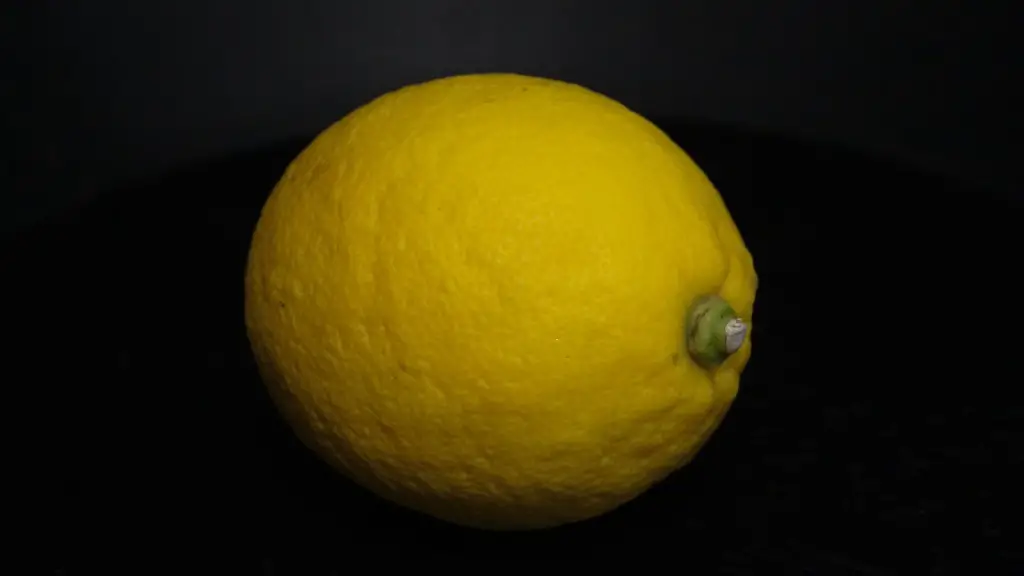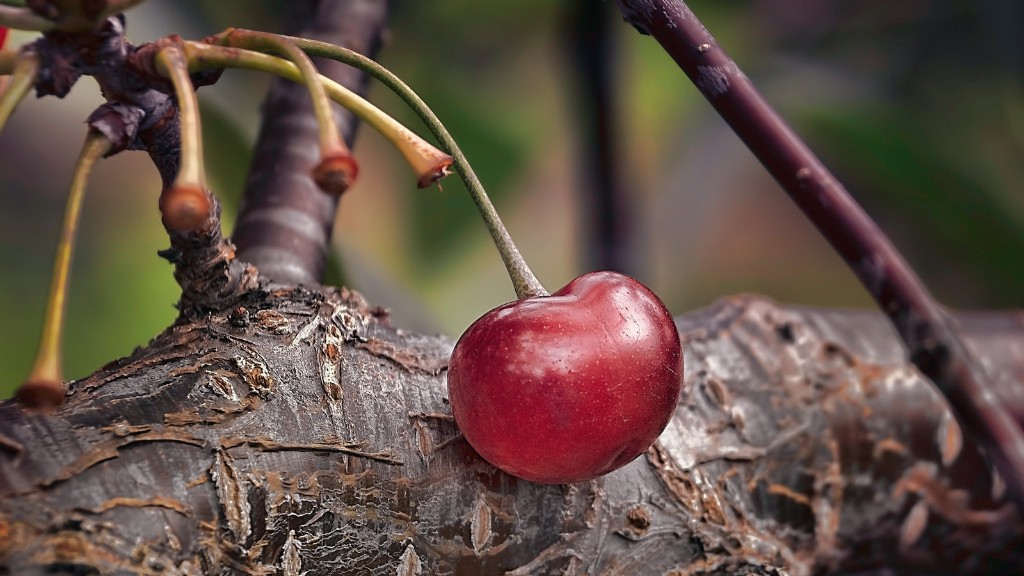Pruning your lemon tree is a key part of maintaining its health and overall structure. When and how to prune your tree will depend on its size and age. As a general rule, prune your lemon tree in late winter or early spring to encourage healthy flowering and fruiting. Pruning should also be done regularly to control its size as well as to eliminate dead or diseased branches and stems.
Pruning at Planting
When planting new lemon trees, pruning should be done to ensure the trees begin to form a strong, healthy branch system. For the best results, prune trees back to one third of their initial height.
Additionally, any broken, crossed or inward-facing branches should be removed as these can disrupt the trees’ natural shape and prevent it from bearing healthy fruit.
Pruning Growth
In general, prune trees once a year to control their growth. Cutting back overgrowths, such as new branches and stems, to about one-third their length encourages healthy, bushy growth. Prune any dead or diseased branches as soon as you spot them, as this helps prevent fungi from spread within the tree.
The optimal time for pruning growth is after the fruit season ends, which is usually in late summer or early autumn. This allows the tree plenty of time to recover prior to any new growth in the spring.
Pruning Fruit
When pruning fruit, it is important to remember not to remove more than one-third of the current crop. Doing this can put too large a strain on your lemon tree, depleting its energy and preventing it from growing healthy fruit in the future.
Fruit pruning is best done when the fruit is still attached to the branch and green. However, if the fruit is ripe, it should be removed to prevent disease in the future. Additionally, pruning should be done with sharp, clean pruning shears.
Prune for Maintenance
Regular pruning is also important for maintenance and to encourage the tree to bear healthy, flavorful fruit. Cut away any branches that don’t contribute to the overall form or that are overcrowding the center of the tree. Trim away any dead or damaged shoots and branches as they can harbor fungi and other pests that can cause long-term damage to your tree.
If your tree has become too large for its space, do not cut away too many branches at once. Prune gradually over a course of several seasons to minimize the shock to the tree.
Rejuvenation Pruning
Rejuvenation pruning can be done when your lemon tree is between six to 10 years old in order to keep it in its best shape. To do this, prune tree back to one third of its current height and remove any broken, dead or diseased branches and shoots. Additionally, prune any overgrown branches and stems, as these can disrupt the natural look of the tree.
Rejuvenation pruning should be done in late winter or early spring before the new growth season begins and is best done in two or three stages over the course of two or three years.
Winter Pruning
Winter pruning is done in order to control the shape of the tree and to maintain its overall health. You can prune away any branches that are too low, too long, too small or too weak. Additionally, you can prune away any branches that are damaged or dead. Doing this will help promote strong, healthy growth during the next growth season.
Winter pruning is best done in late winter before new growth is beginning, as this prevents the tree from being damaged or destroyed by frost or cold temperatures. Additionally, always make sure to use clean, sharp pruning shears to avoid damaging the tree.
Structure Pruning
Structure pruning is used to maintain the overall shape and structure of your lemon tree. Start by removing any broken, diseased or dead branches and shoots. Then, prune away any branches that crowd the centre of the tree or that are growing too low. After this, prune away any small, inward-facing branches or those that are growing towards the centre of the tree, as these can disrupt its overall structure.
To ensure a consistent, neat shape, prune vigorously over a period of several seasons, removing small amounts of growth each time. Always make sure to use clean, sharp pruning shears. Additionally, structure pruning should be done before the flowering or fruiting season begins in late winter or early spring for best results.




